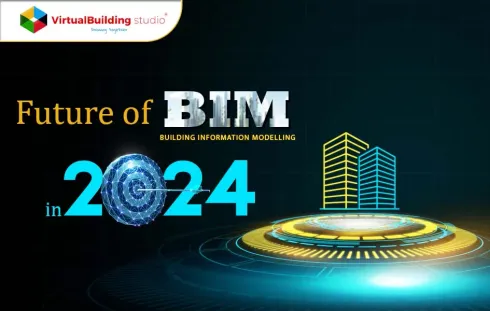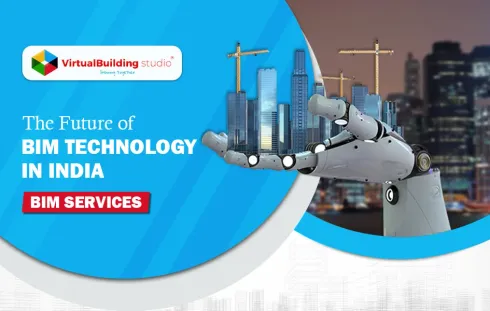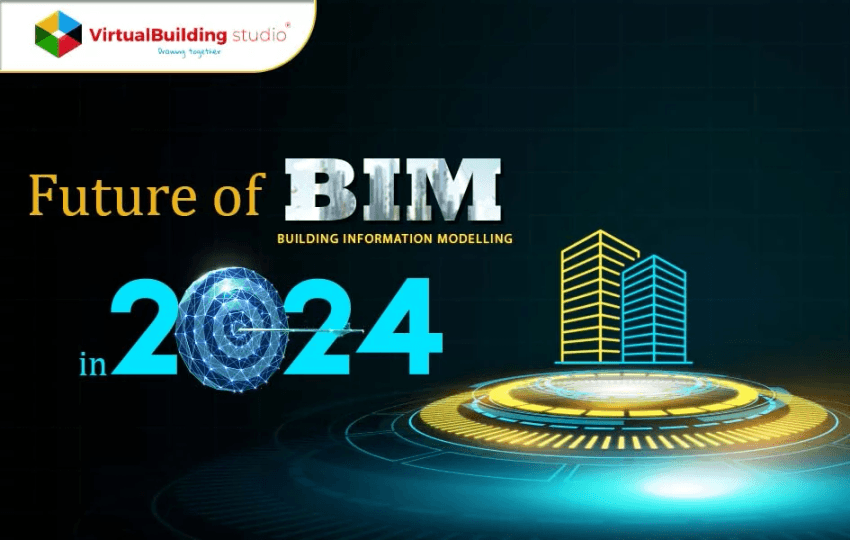
There was a time the construction industry depended on pen and paper for construction drafting. Over time, this was replaced with BIM (Building Information Modelling). Right now, every construction big or small uses BIM for rendering concepts of architecture in a digital and data-enriched format.
However, what will the future hold for the construction industry? Will the dependence on BIM continue, and if it does, will BIM adapt to the challenges and requirements of the construction and design industry? Lets find out.
What is BIM?
BIM, or Building Information Modelling, is a design software primarily used by designers and architects. The software creates a data-rich ultra-realistic digital representation of the physical and functional characteristics of a structure.
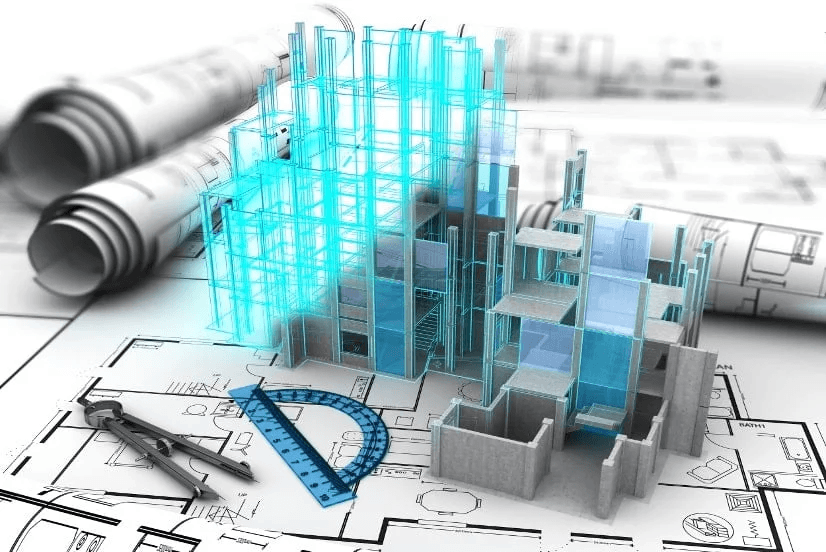
It incorporates all construction elements, from depicting spatial relationships to including cost estimates, materials, manpower requirements, specialized machinery needs, and more.
Yet BIM is more than just designing software. Its USP lies in its collaborative and integrative capabilities. All documents related to the construction are integrated into the system to enable access and modification by the entire team.
What are the Benefits of BIM?
The very fact that BIM is on a growth spurt goes on to show its value to the construction business. In 2019, the BIM modeling market size was pegged at $5,205 million, and this figure is predicted to reach $15,892 million by 2027, growing at a CAGR of 15% within the seven years.
Before we understand the factors fueling this phenomenal growth, lets look at more statistics.
The awareness of BIM has also increased dramatically over the years. According to the 2020 BIM Report, there has been a significant increase in the adoption of BIM, with 73% of surveyed reporting that they are aware of and using the software compared to only 13% in 2011. Moreover, 48% of architects would not work with manufacturers who are not BIM proficient.
According to the key findings in a Dodge Data and Analytics survey, some of the proclaimed benefits of using BIM include,
- 5% reduction in the final cost of construction
- 5% increase in the construction speed
- 25% increase in productivity
- 25% reduction in the need for labor.
Factors Pushing Faster Adoption of BIM
The construction world has relied on BIM technology to streamline, enhance, and ease the designing and execution of built assets. Going into the future, BIM technology may become the norm for every construction and architectural project. Besides its noteworthy benefits such as,
- Less rework which effectively saves time and money involved in the construction
- Easier to incorporate changes to the design
- Smooth flow of information to all stakeholders
- Allows for better scheduling, material and resource requirement, and coordination
- Enhanced project outcome
Notwithstanding the benefits, a range of other factors are also pushing for faster adoption of BIM. Let’s look at some of them.
The Remote Work is Become Easy with BIM Software
With remote work becoming the new normal of many industries, it is not surprising that the construction segment is also getting swept up in the new wave.
BIM software is being used to remotely manage sales, contracts, projects, and customer communication by allowing information to be held and handled by a large group of workers.
Urbanization Initiatives
Although Covid-19 saw a slight slump in infrastructural development, it has since picked up the pace. The surge in urbanization initiatives has compelled the industry to seek solutions that aid interconnection, computer-controlled manufacturing, and connectivity.
Need for Better Visualization in BIM
With the industry entering a new era of construction, it is becoming critically important to have better visualization and communication tools. BIM with AR/VR integration is helping stakeholders and designers meticulously understand the structural capabilities.
What does the Future Hold for BIM in 2024?
BIM technology is not new the industry has been using this technology for more than 30 years. However, the industry and the needs of stakeholders are changing, and BIM technology has to keep pace to stay relevant. Based on the current trends, we believe we can make calculated assumptions about the future of BIM.
More than just Designing Tool
Right now, BIM is being used primarily as a design tool. But the software is capable of much more than just designing. BIM can hold comprehensive project information which can be utilized during the entire project lifecycle.
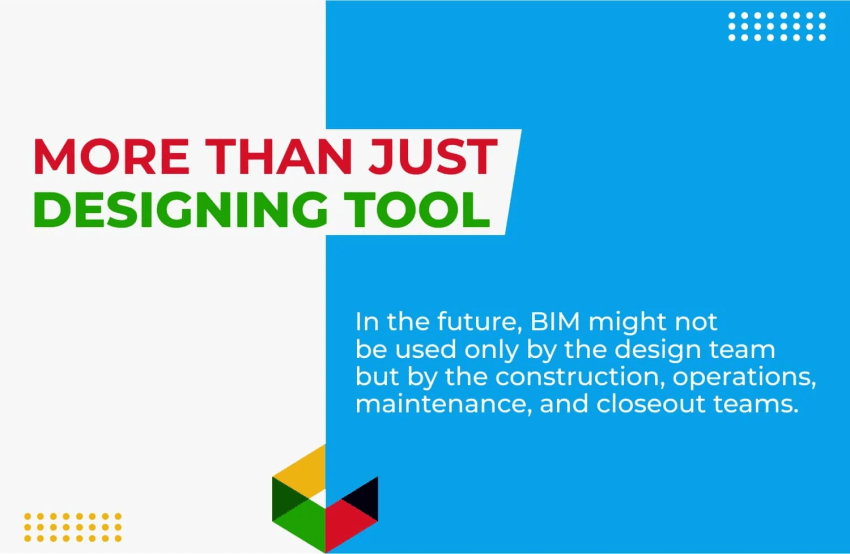
About 84% of BIM users believe it eliminates unnecessary rework, 60% say it brings the material supply chain to the fold earlier, and 69% say that BIM reduces material waste.
Yet BIM is often underexploited beyond its design capabilities. 41% of building companies use a limited form of BIM and, yet only 14% trust it can aid in faster project completion.
In the future, BIM might not be used only by the design team but by the construction, operations, maintenance, and closeout teams.
The Digital Twin Approach
BIM is viewed as the industry benchmark in design, with 88% of architects and designers vouching for its insightful design capabilities.

A digital twin or a virtual representation of the physical structure helps anticipate future issues with design and construction. By anticipating future potential challenges, it is possible to mitigate the risks involved.
With built asset companies automating their processes, the digital twin concept can find more takers in the future.
Sustainability and Green Mandates
Sustainability and environmental protection are the current buzzwords, and the construction industry is also progressing toward sustainable infrastructure. Soon, architects will be required to integrate nature within their construction so it is in-tune with their green mandates.

Sustainability is not only about the end product. In fact, sustainability has to be maintained throughout the construction process. And BIM helps companies ensure sustainability by allowing engineers, designers, construction experts, and suppliers to review the project before the construction begins.
Connectivity to Data Sources
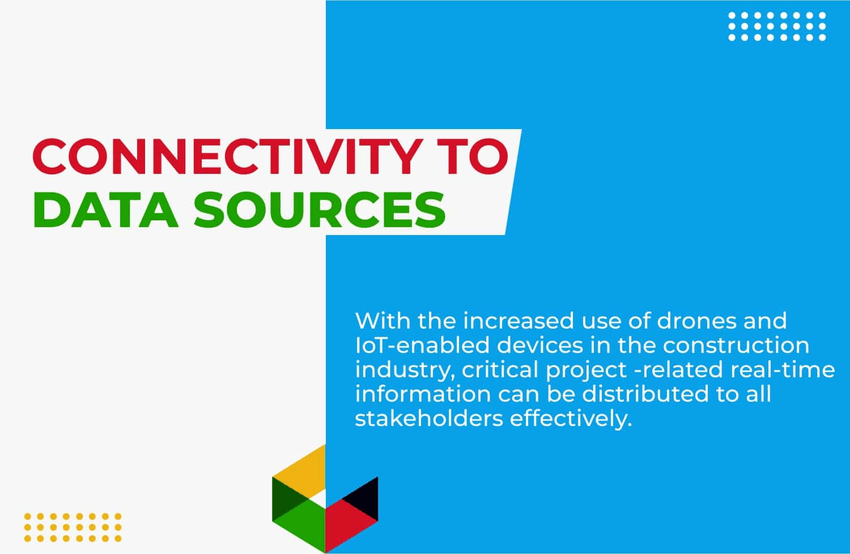
Big Data, combined with the Internet of Things, is dynamically altering industries worldwide. With the increase in the use of drones and IoT-enabled devices in the construction industry, critical project-related real-time information can be distributed to all stakeholders effectively.
Compatibility with Other Software
When companies undertake large projects, it becomes critically important to integrate other software with BIM. In the future, compatibility and collaboration will become the driving forces behind BIM success.

We won’t be entirely wrong if we assume that, within the next decade, BIM will be equipped to integrate with AR/VR, IoT, Big Data, AI, and 3-D printing.
Leverage the design, construction and engineering capabilities of BIM in 2024
Although BIM has become the norm in the construction industry, it is still utilized primarily for its design capabilities. Ask any BIM service provider in the USA, and they will vouch for the fact that its full potential usefulness during the entire project lifecycle is not being leveraged completely.
While it is tough to accurately predict the future of the dynamic construction industry, we can be certain that more businesses will be leveraging the potential of BIM for faster and better completion of projects..
If you want to explore the potential of BIM for your business, choose Virtual Building Studio. Virtual Building Studio is a leading BIM solution provider for AEC industry in India with a penchant for delivering impeccable and insightful solutions for designing, construction, and maintenance projects.


